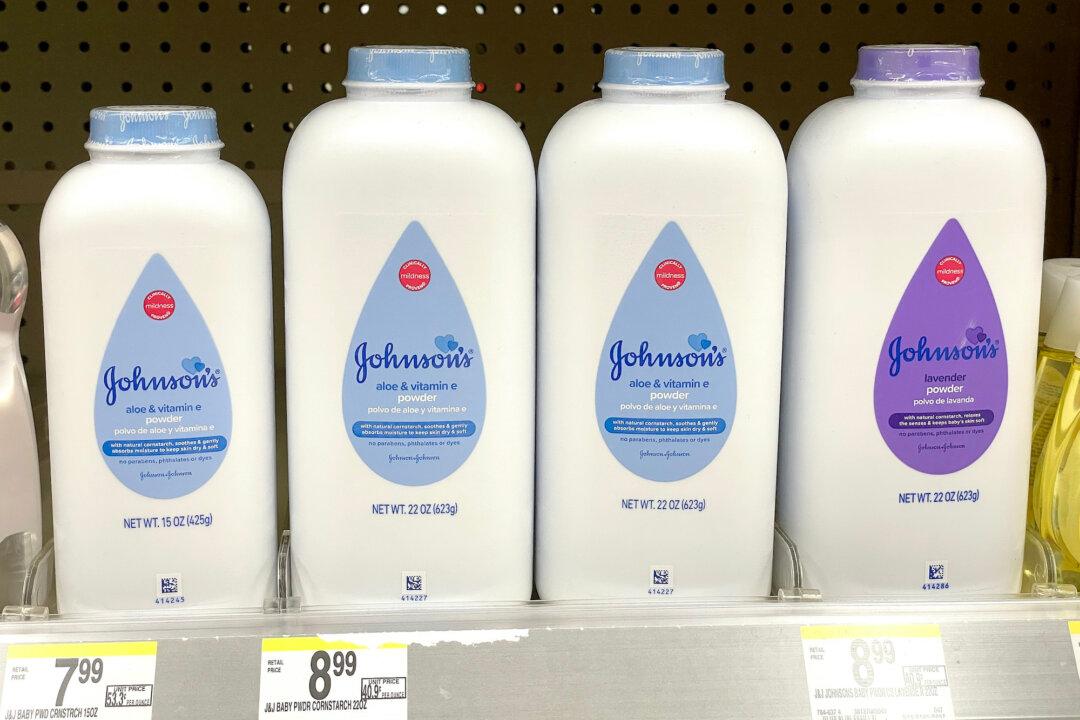Johnson & Johnson’s ongoing battle to address the mountain of talcum powder-related lawsuits it faces took a hit as its second attempt to seek bankruptcy protection was dismissed by a federal judge.
The pharmaceutical giant is grappling with a staggering 38,000 lawsuits, with plaintiffs and their survivors claiming that the talc-based powder manufactured by the company caused cancer. In a bid to settle these lawsuits collectively in bankruptcy court, Johnson & Johnson has persistently refuted the allegations lodged against it.





